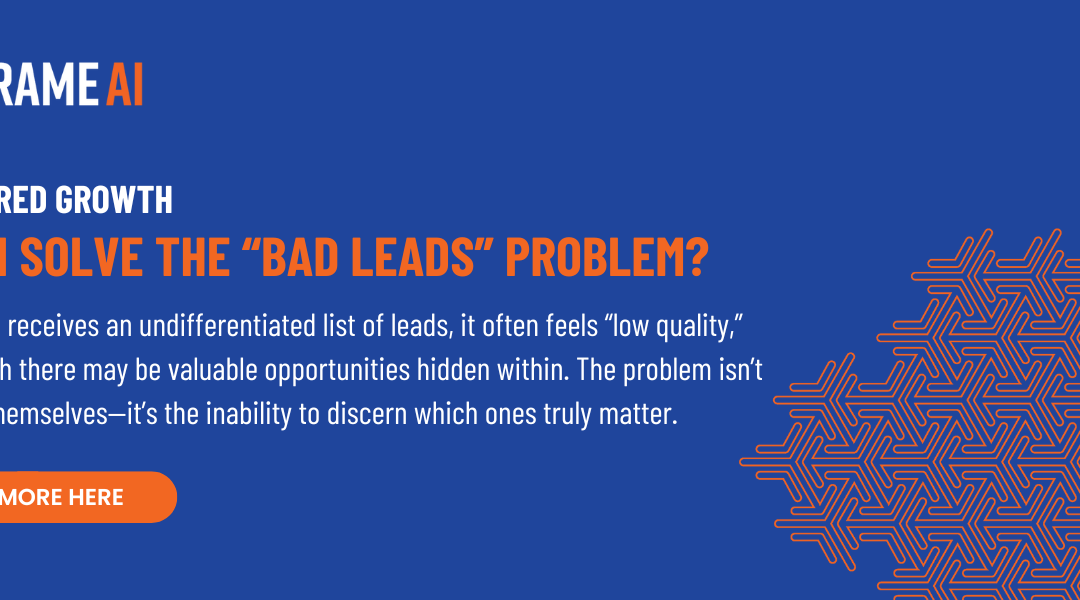If you’re like most startup employees, this is how collaborations start. Not in emails or meetings, and not with a long preamble or formal agenda. They start in Slack, with one word: “hey”. More and more companies are realizing they’re not the only ones who work this way: their clients do, too. And they’re taking action: _companies that work with business customers are starting to chat directly with them in Slack._ How did work get so informal? And can a casual, accessible relationship really work for your business customers?

Let’s start by talking about why team chat (aka “office messaging”) has become the _de facto_ communication channel for collaborating internally.
1. Chat is flexible
It’s easy to send messages at your desk or on the road. You can fire off a quick FYI, compose a bulletin for people to read at their leisure, or pose a question to a group and get a quick response. **When one tool is good for so many types of communication, you can spend less time thinking about where to communicate and more time… communicating.**
2. Chat is context rich
These days, our work conversations revolve around tools and data that can drift out of date when you’re communicating at email pace. With tools like Slack making rich media and app integrations part of the conversation in real-time, it’s become so much easier to stay in sync.
3. Channels beat email threads everytime
Remember that “to:” line you reviewed six times, and still left a critical teammate out? Or the dread, before hitting SEND, that a private reply to a thread will go to the whole list? **Channels aligned with teams or projects give your work a natural home.** They encourage transparency yet draw a clear line between public and private messages. And, channels become a permanent record you can review to see how thinking and focus have changed over time.
In spite of this, it’s easy to put off making the switch. I know, because even though Frame is entirely focused on chat, we felt pressure to stick to old habits on when it came to reaching out to important customers. We worried those customers would find chat too informal. We worried they might respond while we’re unavailable, and get frustrated. We worried they’d feel annoyed when we appeared in their chat. So, even though our team was available to them directly in Slack as @frame, we would do our own outreach the old, slow way: email. It took a beta feature rollout with one of our customers to set us straight. We sent them a long guide to configuring a schedule for their team — by email, of course. We got our reply on Slack: “can you walk me through this here so I can send screenshots as I go?” They got set up in 10 minutes. And then the conversation turned to a couple of other questions they had about Frame. And some features that would really help them. And an introduction to a colleague who would also be using us. We learned more in 30 minutes of intermittent Slacking than we had in 2 weeks of emails. From then on, our conversations with that customer started with a simple “Hey”. And we discovered a number of ways that **being on a “hey” basis is even better than being on a first name basis** :
1. We discover problems before they start.
When you’re easy to reach, customers let you know about issues they’re having before they reach the point of explicit “escalation”. Being able to acknowledge an issue and offer a solution before a customer even gets frustrated can leave you with a better relationship then if there had been no issue at all.
2. Casual conversation is more expressive.
When the subject lines and signatures come off, people open up about their mood, their goals, and challenges and opportunities beyond the work at hand. Knowing more about our users’ day to day work helps us be both more empathetic and more strategic about the relationship.
3. Acting like a teammate gets you treated like a teammate.
We were afraid our customers would have unrealistic expectations about our availability on Slack because we were used to being treated like _vendors_ . We discovered that joining their Slack helps customers treat us like _teammates_ . It’s actually easier to set expectations about our availability and have our own goals recognized than it was over email.
Now, Slack-based onboarding and support is the first thing we try with customers. More importantly, we’ve found more companies doing this with their business customers. We’re constantly learning from them about how they use Slack and in turn how we can help them.
Everything we’ve assumed about the “right” way to work with our important customers is changing. If you’re easy to reach and able to virtually be a part of their team in a team chat environment, you’ll catch the most important moments to be helpful and win business. There’s never been a better time to build better relationships with your customers.




